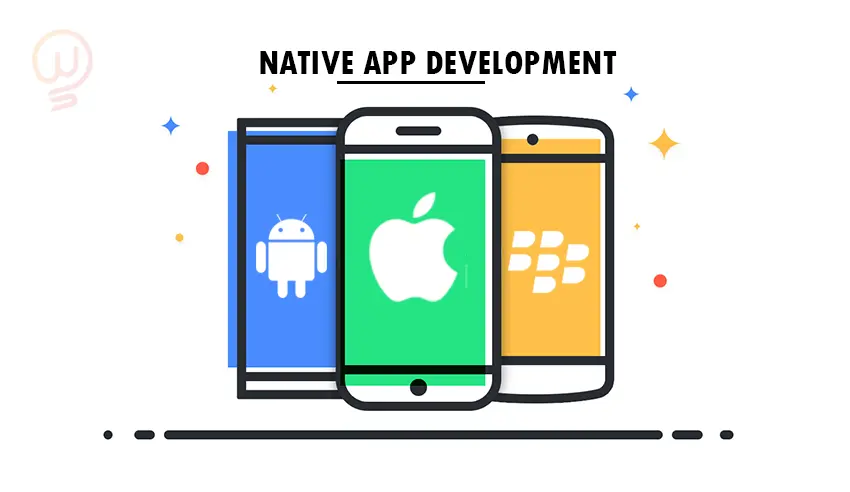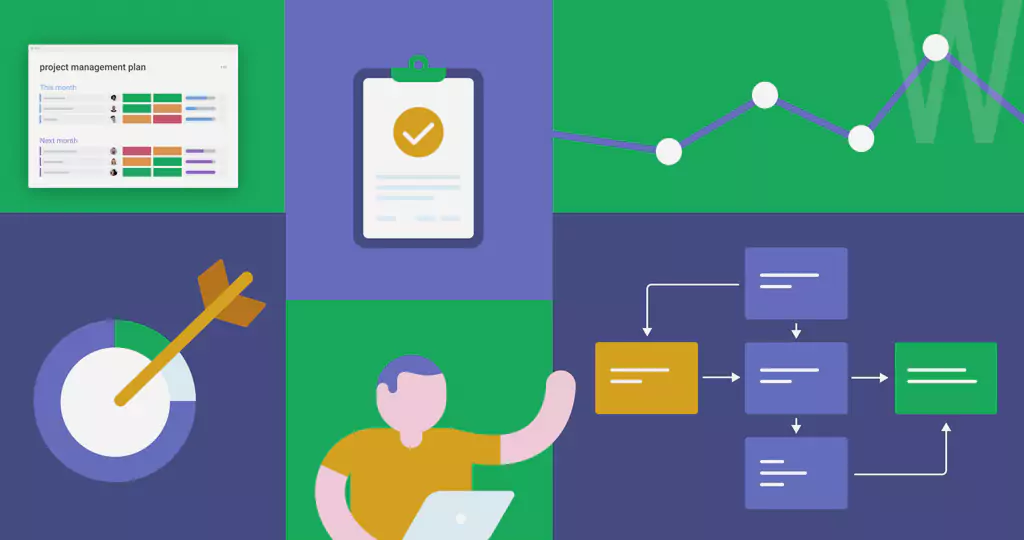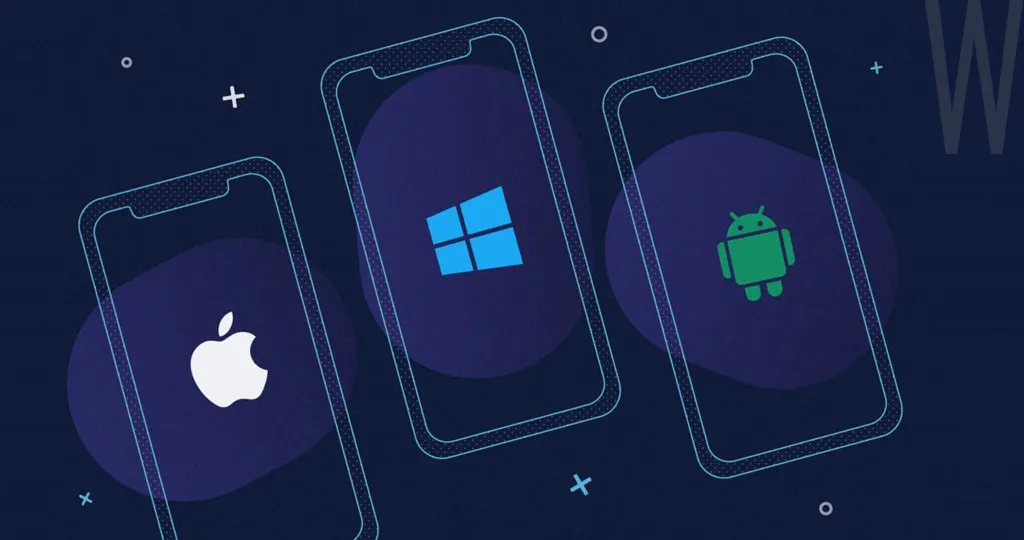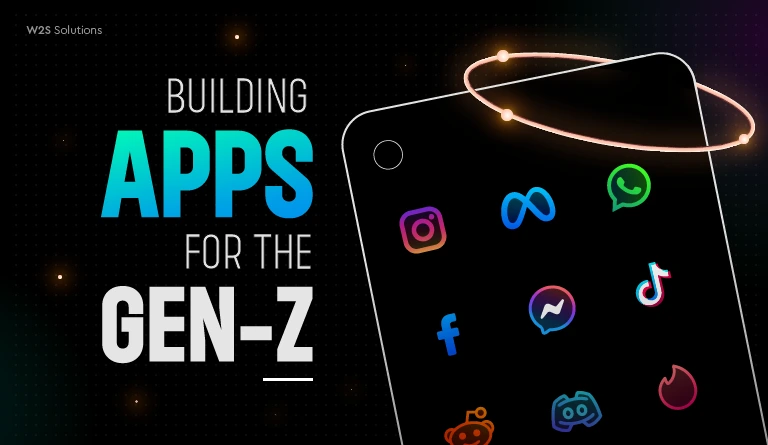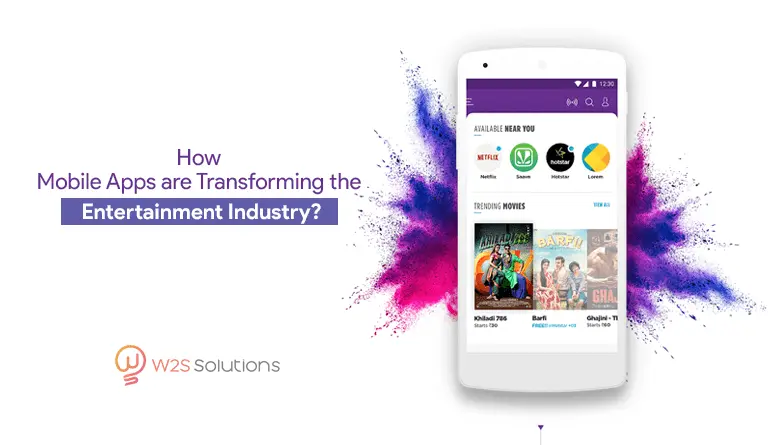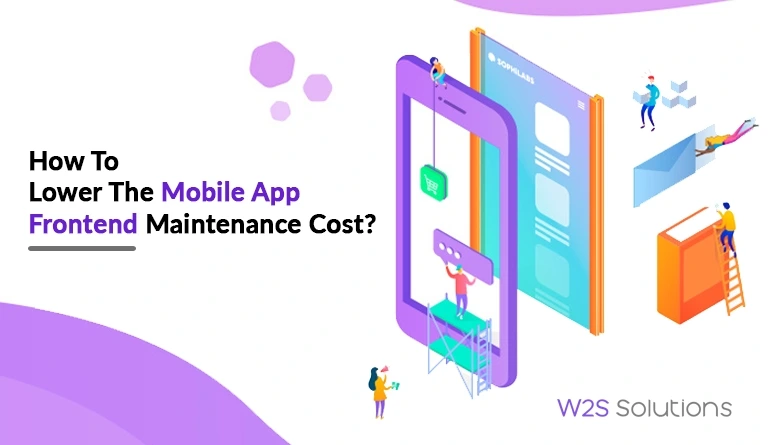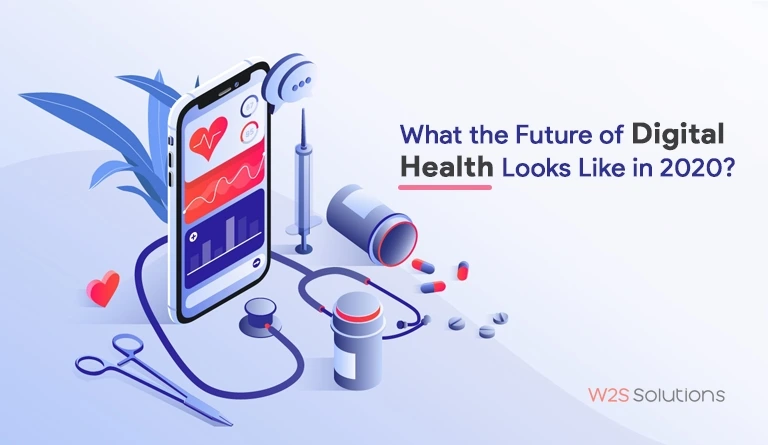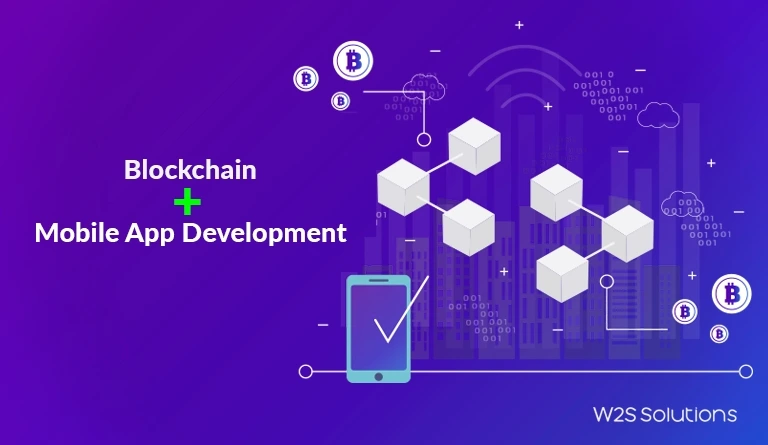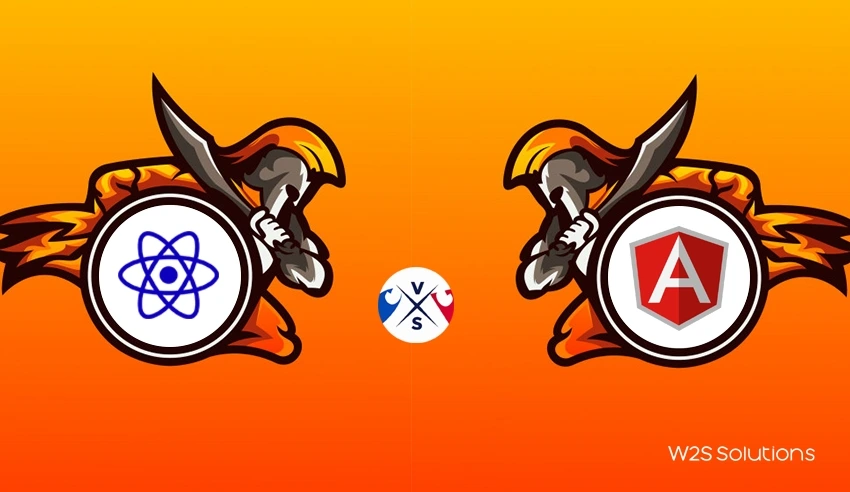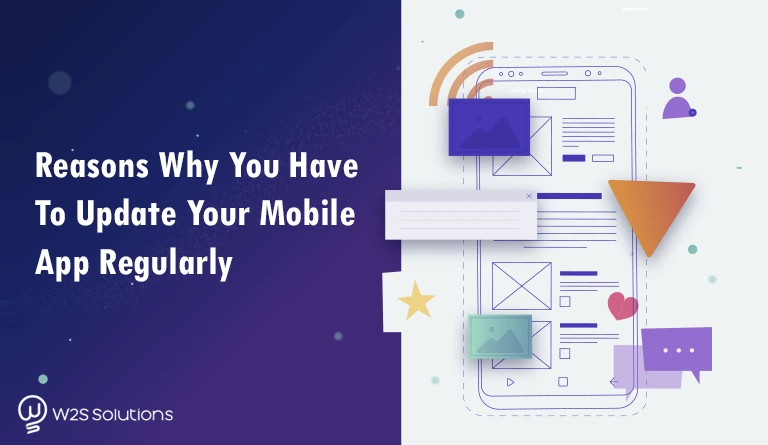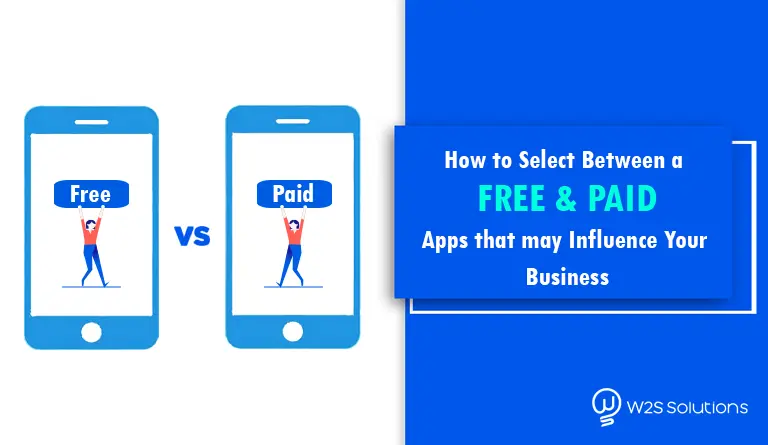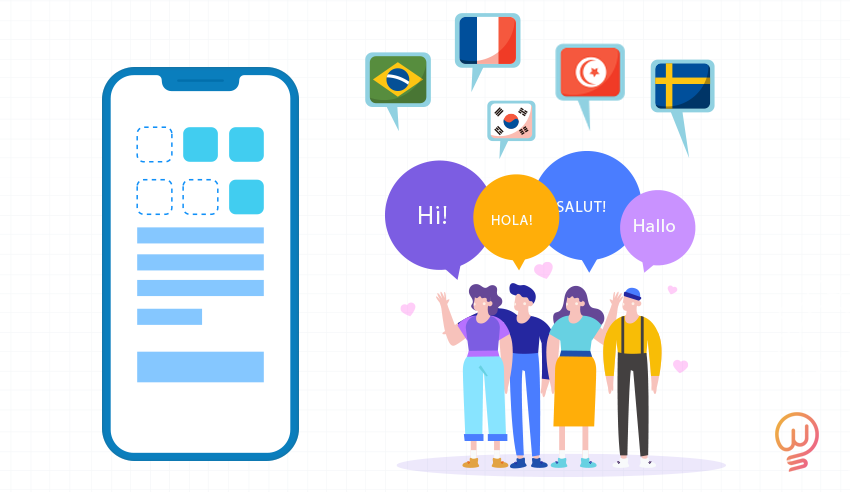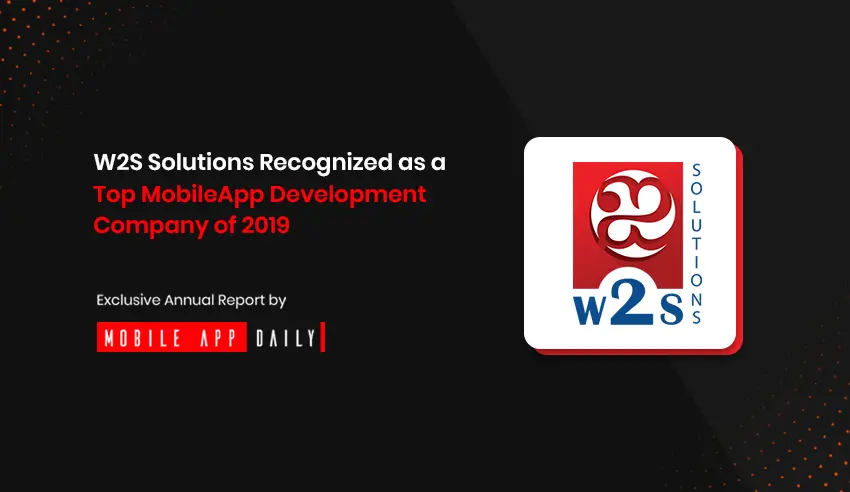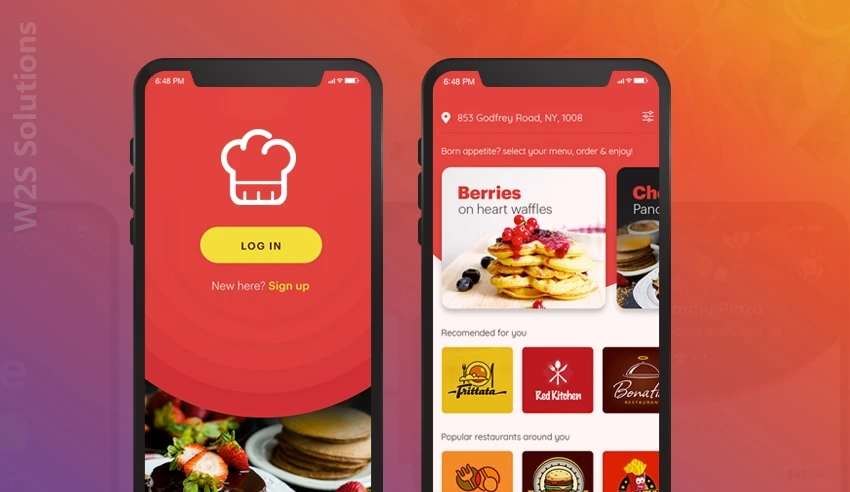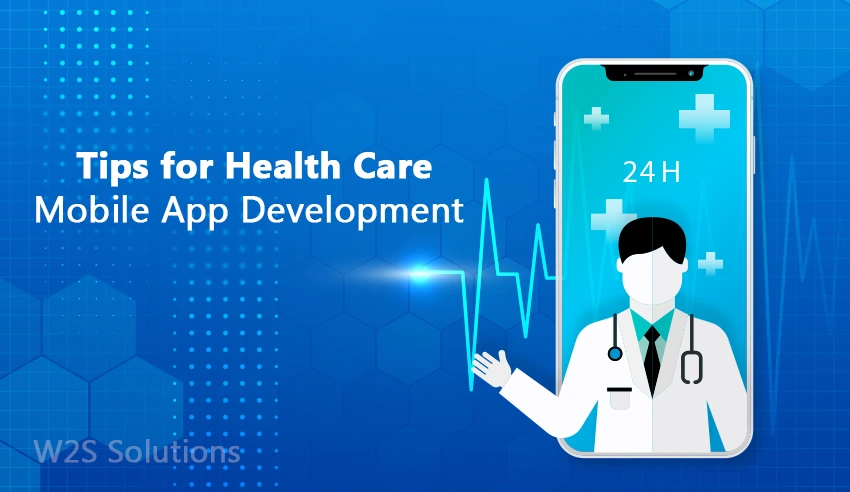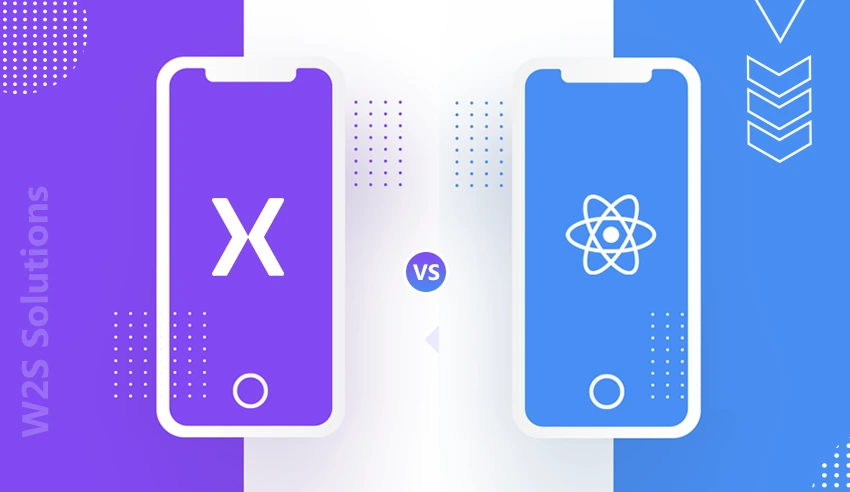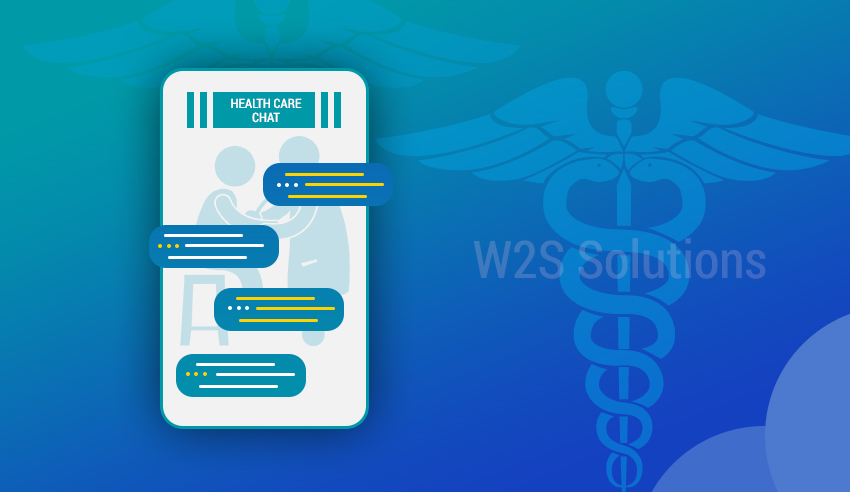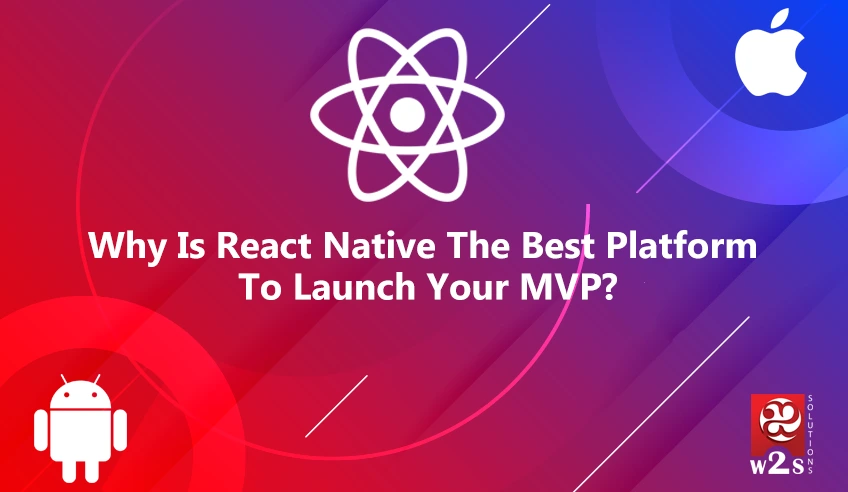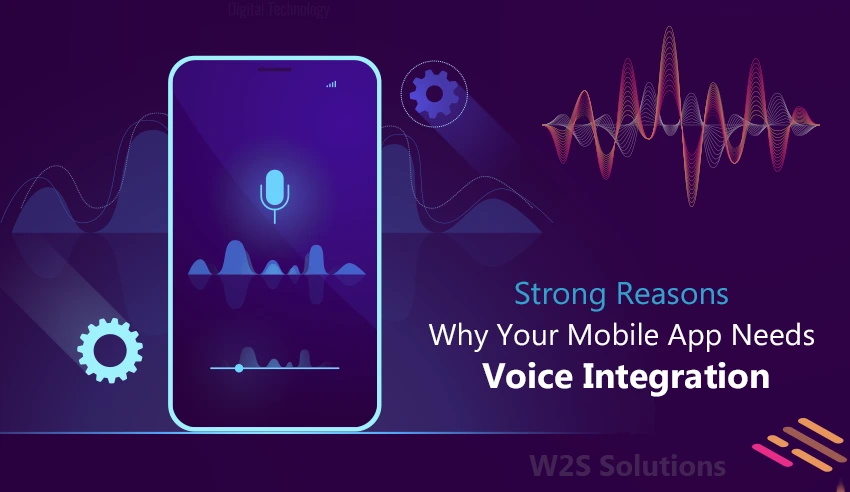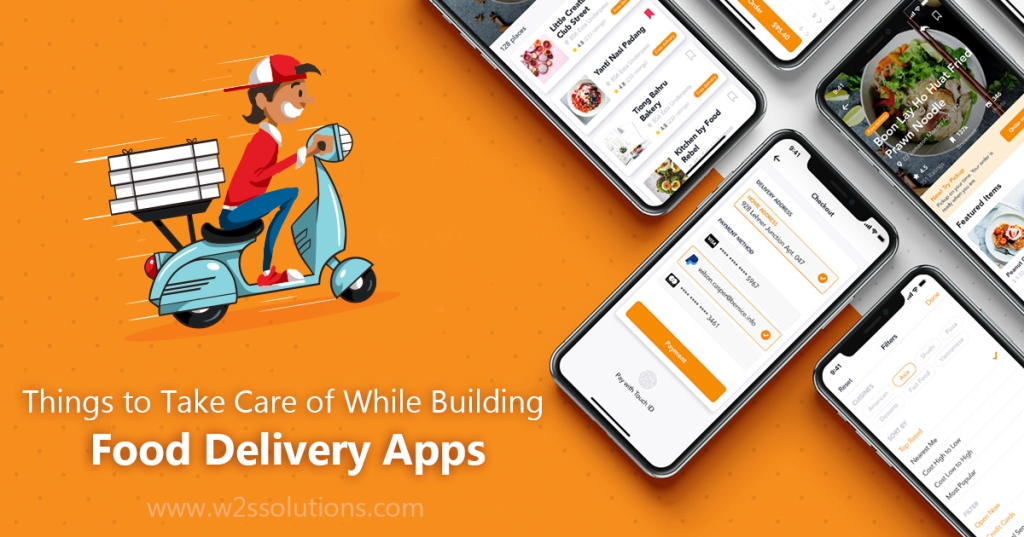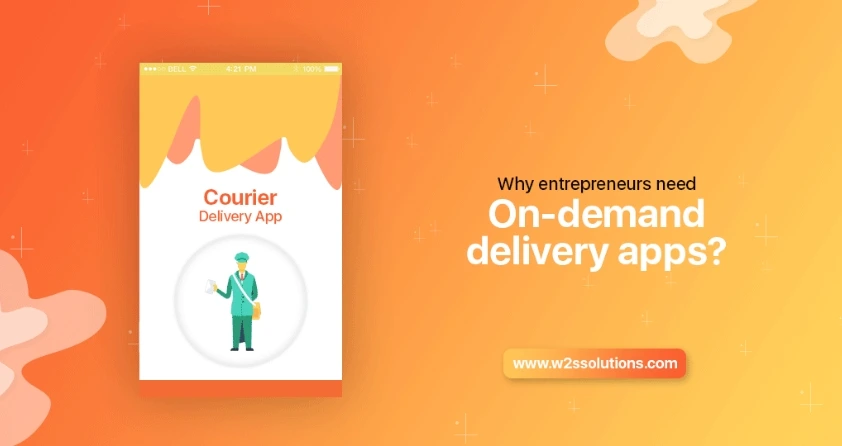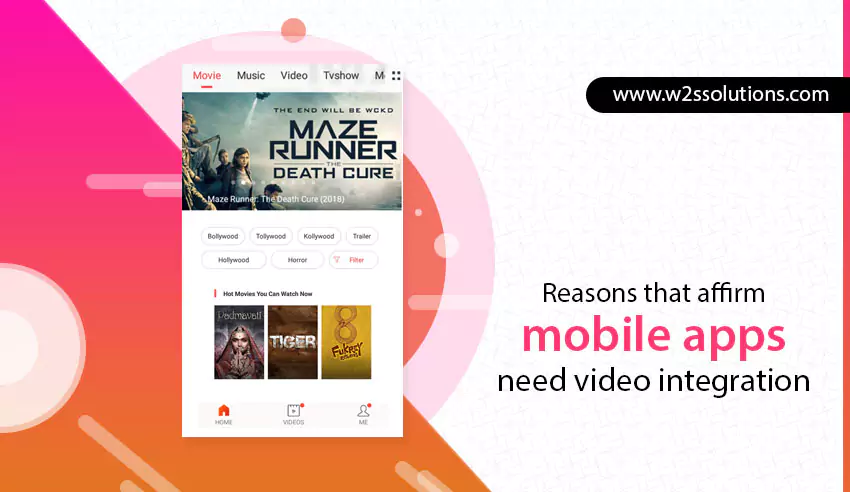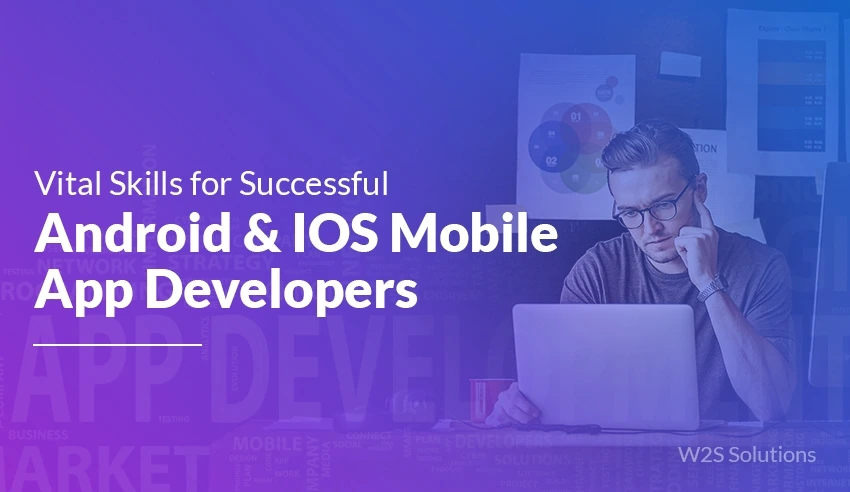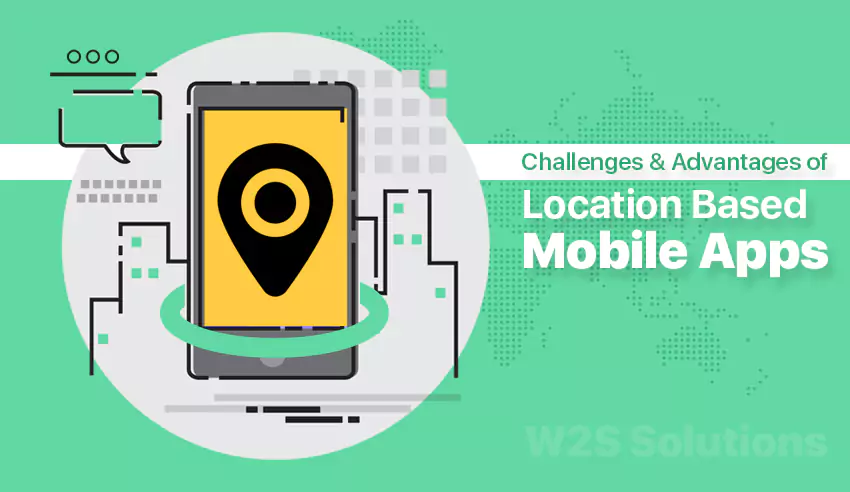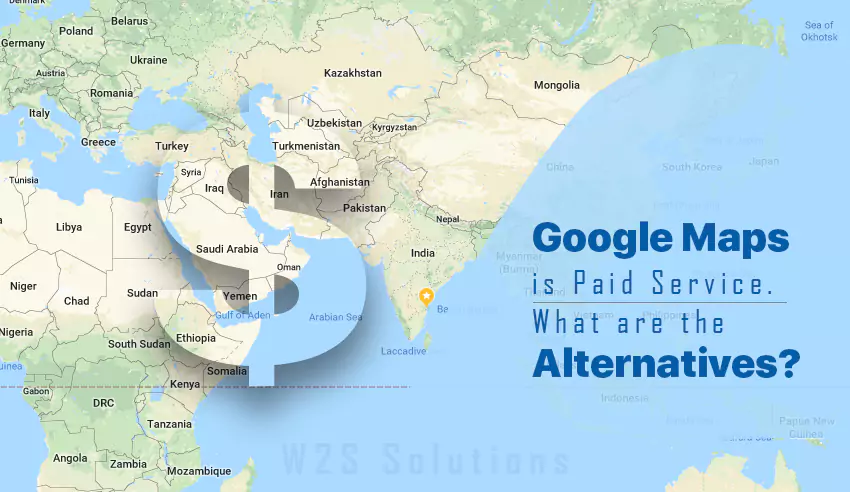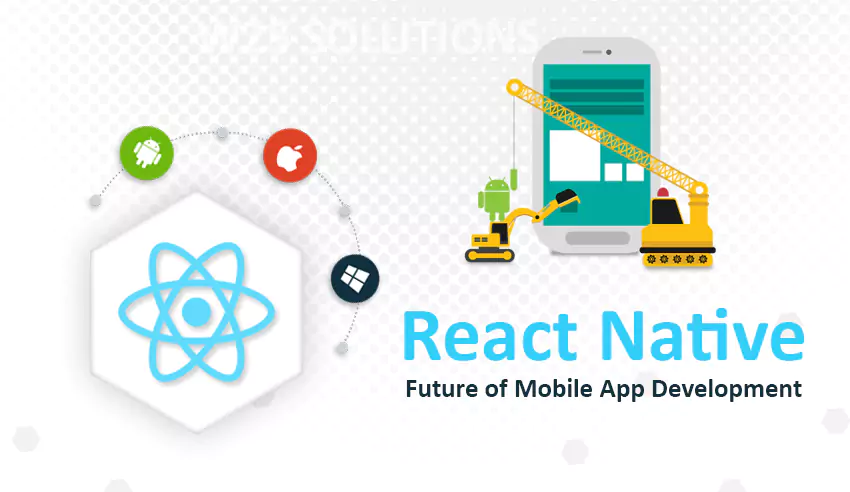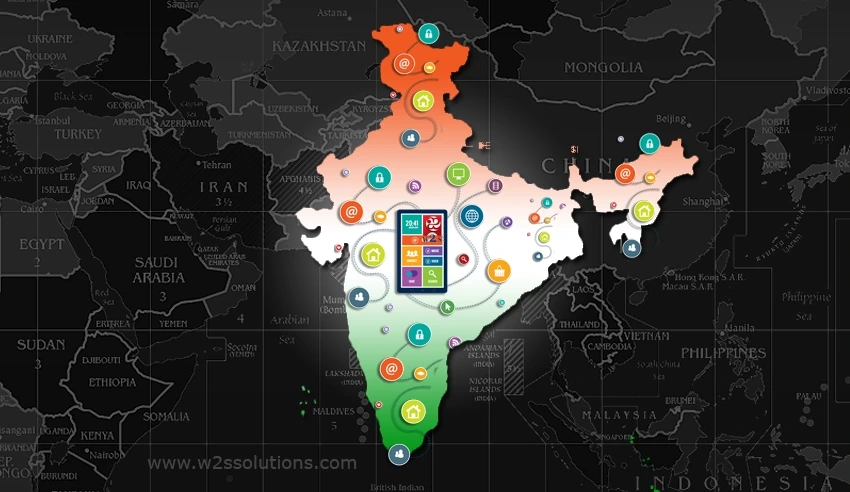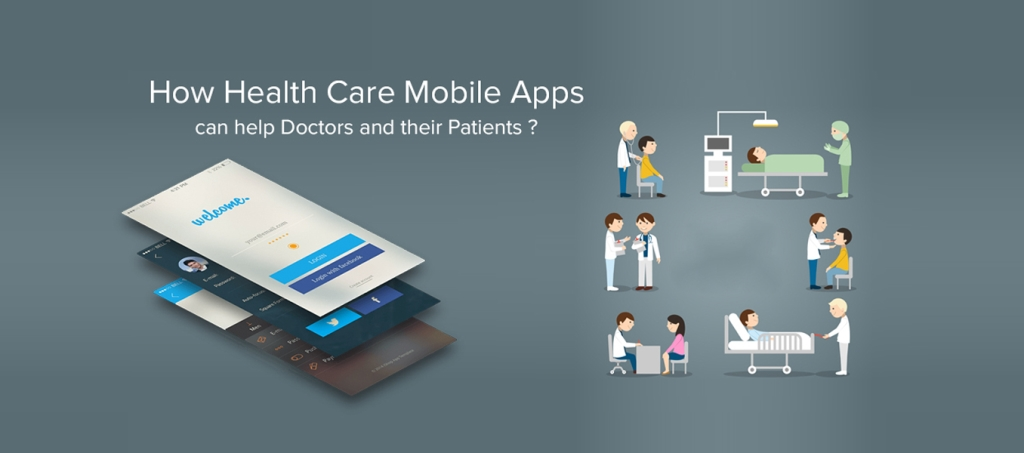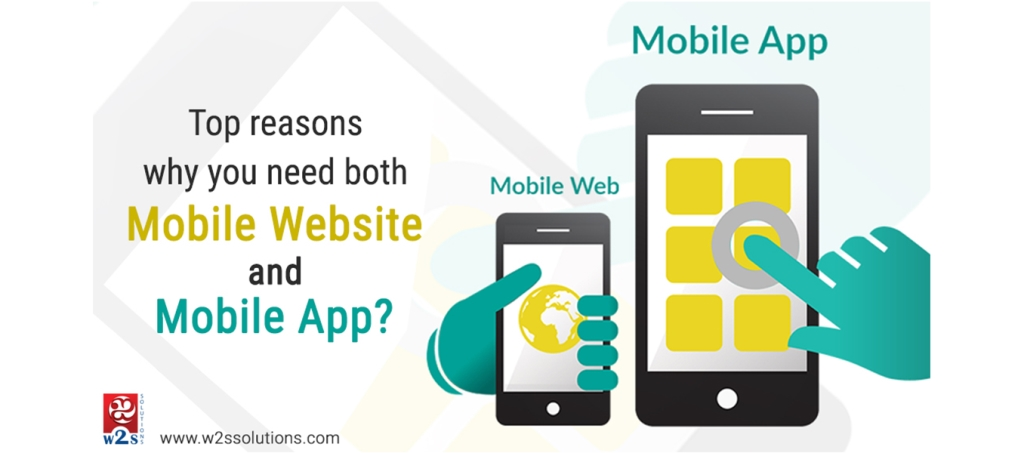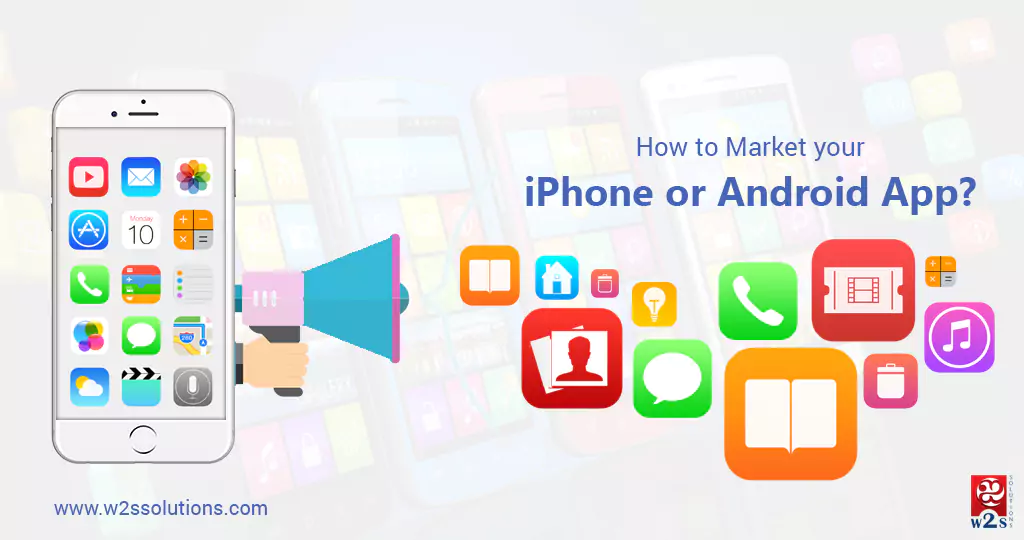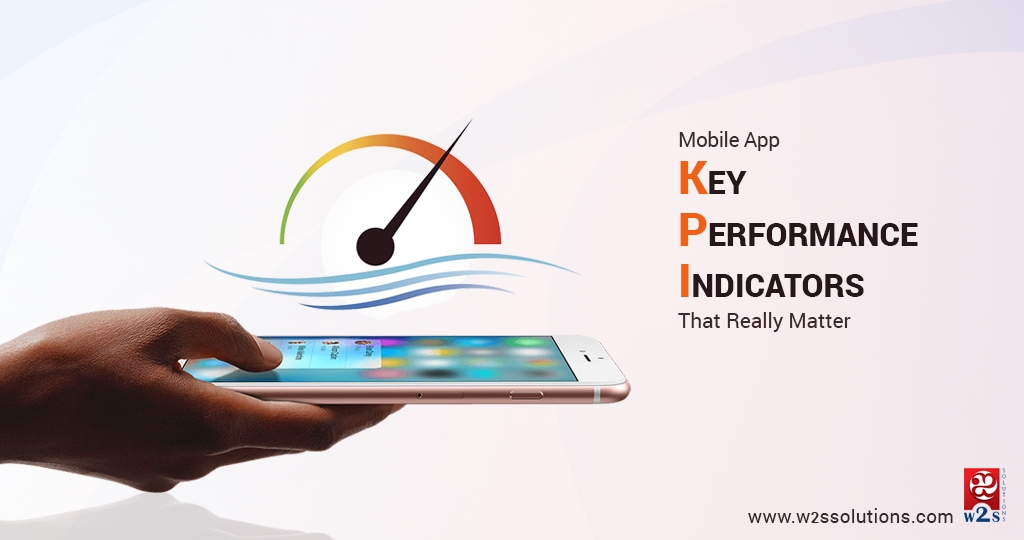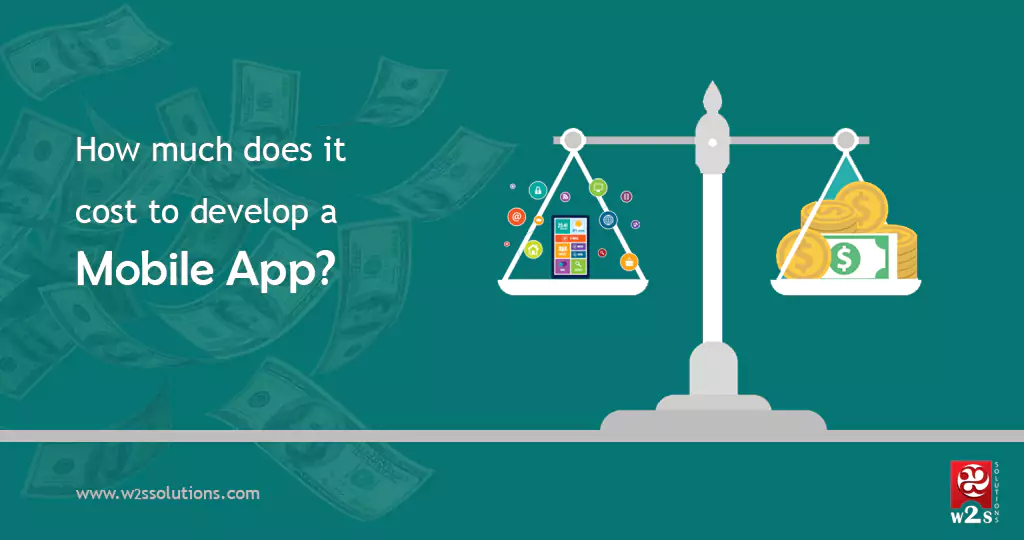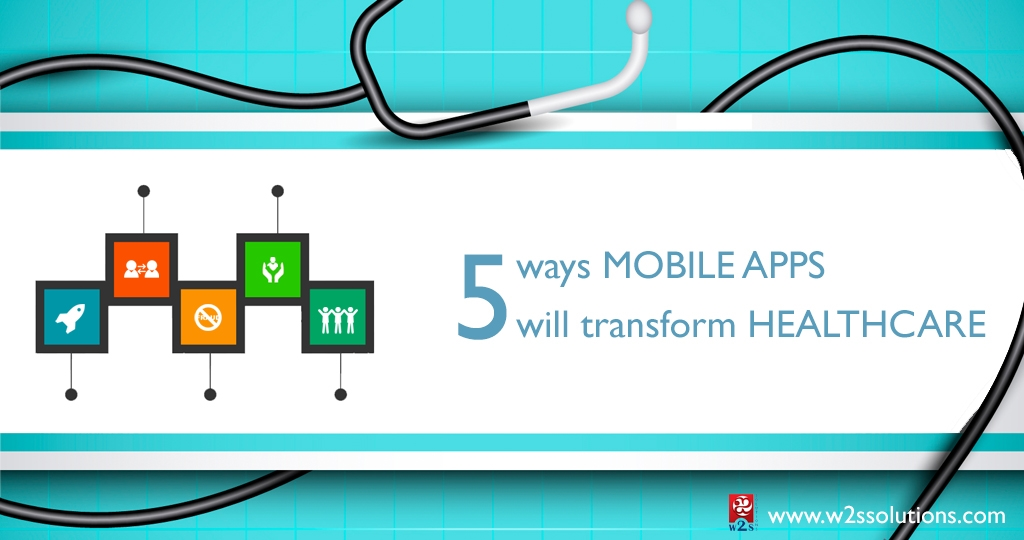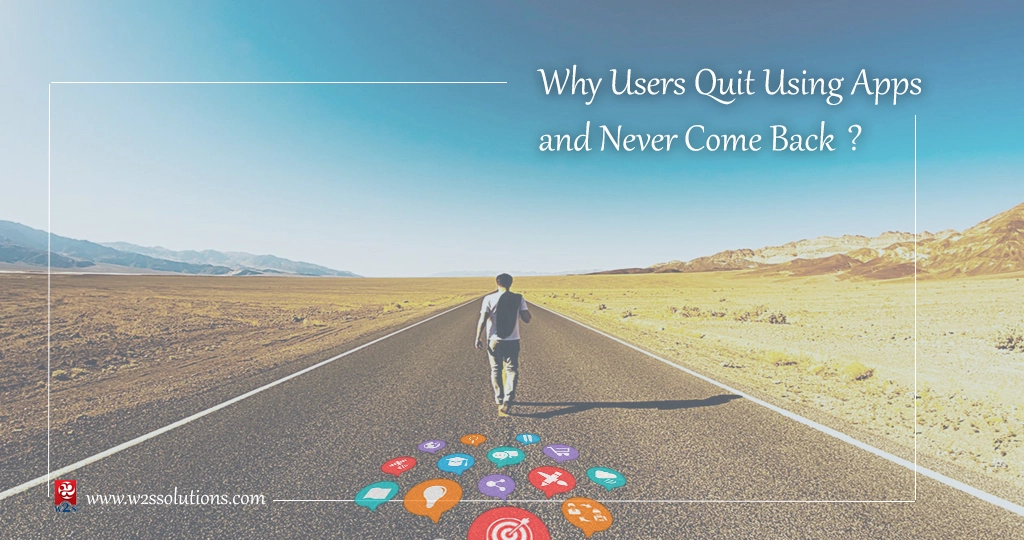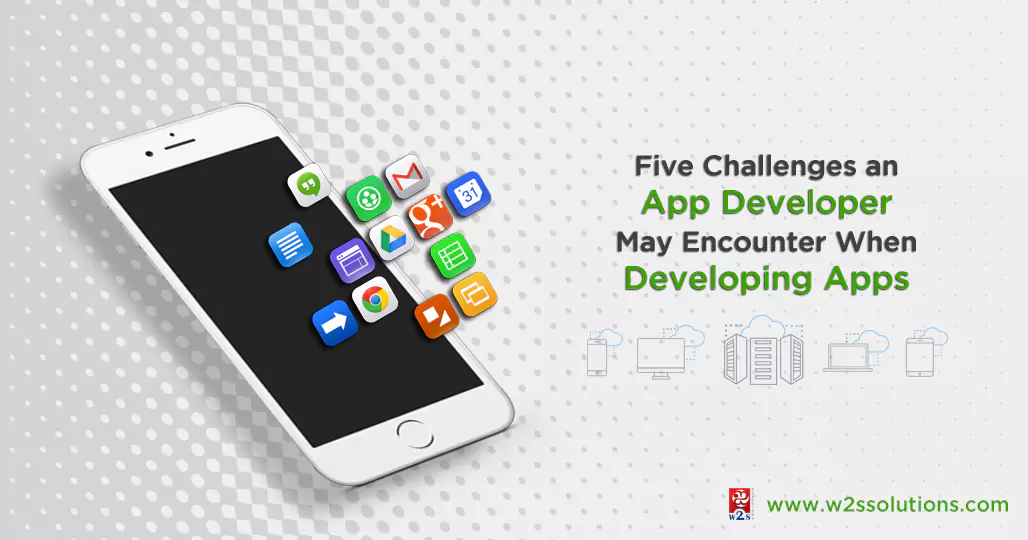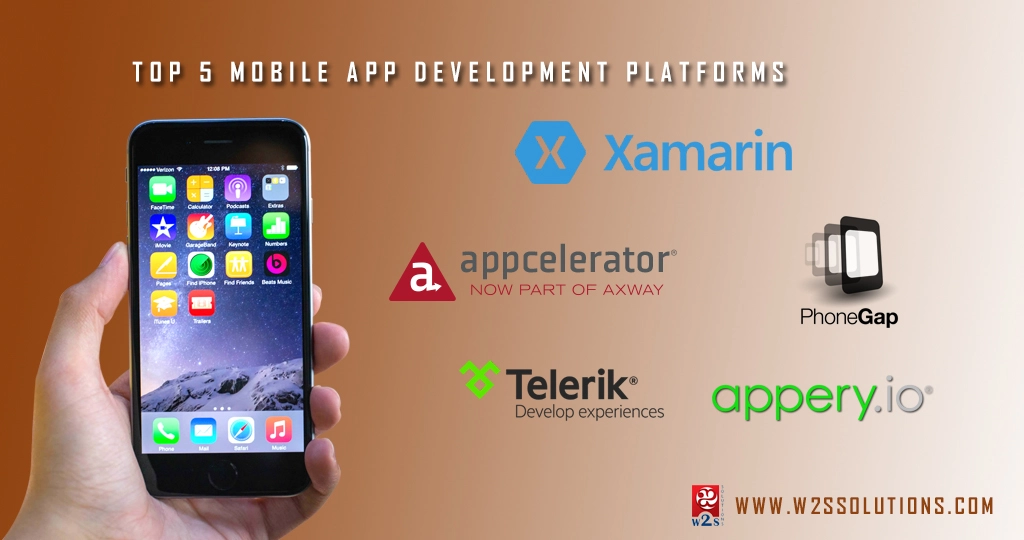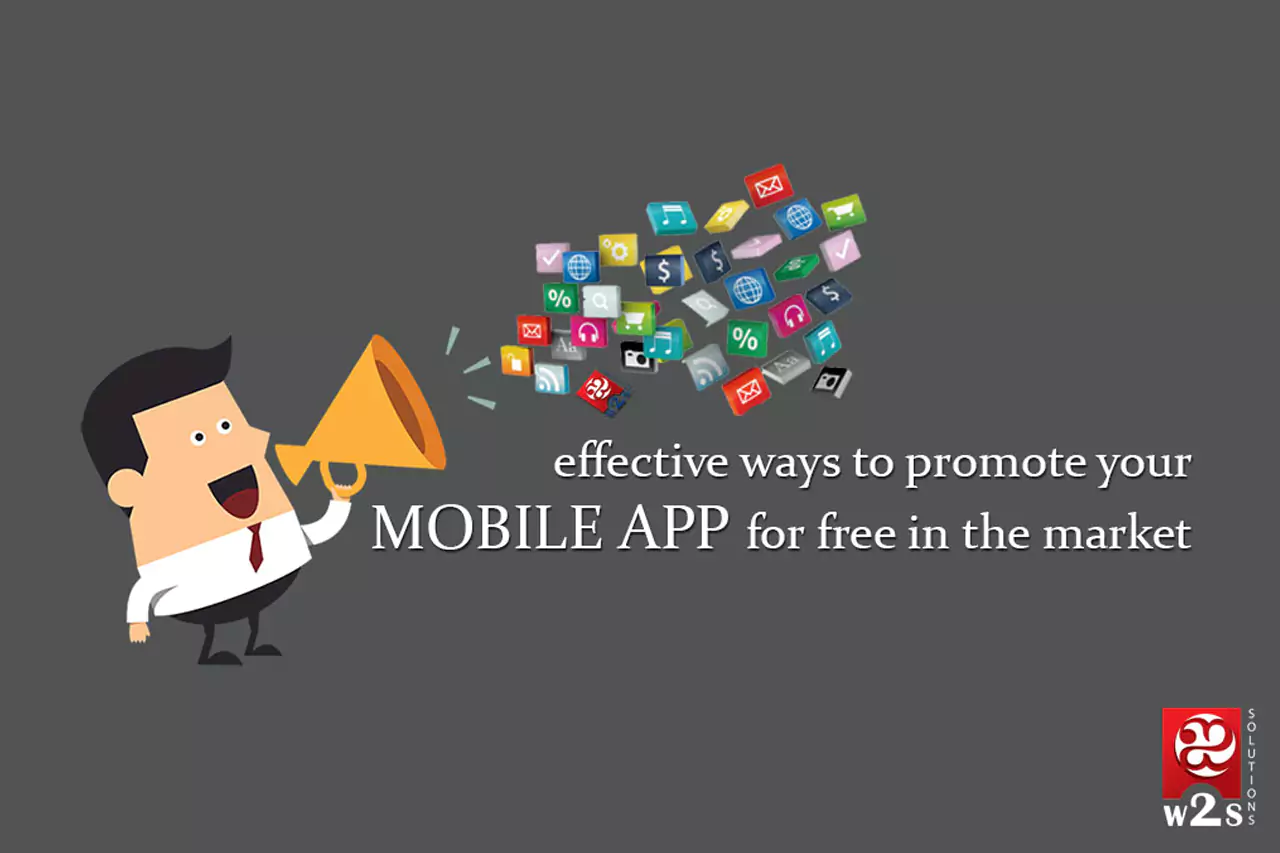Sometimes, it is not the expert predictions but the innovative leaders in the industry that may rule the market. And, such is the case with the Native Mobile App Development landscape. Contrary to Gartner’s predictions that the app development market will fall to its 0.01% by 2013, the market is booming, and there is no shortage of new projects.
However, this abundance of projects for mobile app developers is proving to be highly futile because most of the applications are not making enough money. The reason behind this failure is probably because the developers are creating applications that are meant to promote an organization, not the app itself. It is not the strategy of bringing forth the business through developing a mobile app, but the lack of thought in the concept that is flawed.
The concept creators, nowadays, appear to be least interested in studying the market and the preferences of the target audience. They use the strategies that they believe is the best and launch the application. Now that the application does not even appeal to the expectations of the users, then why should they any how download them!
The Problem Starts at the Top
Often, the failure of native mobile applications is accredited to the decisions made at the top-level of management- the CEOs, CTOs, and Co-Founders. And rightly so, because they seldom take their application seriously and do not select the right development platform after critical analysis. Now, the similar apps which are running on counterpart platforms do not really allow the new app to enter the competition.
Also, critical research is required when adding in the features so that they make the user experience better. However, top-level management doesn’t focus on it, and eventually the app fails terribly.
Well, it is not only the CEOs who are at fault; the process is further worsened by the ignorance of mobile app owners and marketers. They fail to publicize the app to the right public at the correct scale. Now that the consumers are not engaged certainly in the process of app creation, the app is sure to feel alienated on the app stores. Ultimately, another mediocre project with little prospects is born.
What’s more painful here is, that all of this failure could have been terminally avoided with some critical thinking before conceiving the mobile app idea. The recipe behind a mobile app’s success is that you kill all the doubts regarding its development before taking a plunge into the actual process.

Here, we have attempted to answer all your queries about native mobile app development.
To begin with, we would like to take you through the queries list that troubled the new-age entrepreneurs, start-up founders, and co-founders more. So, read along to make sure that your future attempts to promote a business through a mobile app are definitely a success.
-
What are Native Mobile Apps?
Native Mobile Apps are platform-specific applications that are commonly found on app stores. The language that is used in the development of these apps is also specific to each platform individually. For instance, Swift and Objective-C are used for iOS app development, and Java or Kotlin is native to Android Apps.
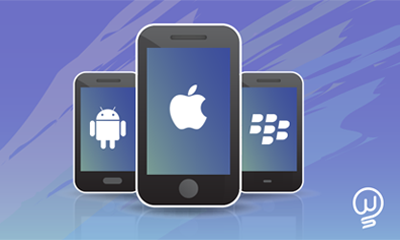
Apart from the language, the apps are also built using an Integrated Development Environment that is specific to a selected operating system. Bigger platforms like Apple and Google provide app developers with their adequate tools, interface elements, and SDK. The multitude of benefits and features offered by the platforms is the reason why most companies indulge in native mobile app development instead of Web or Hybrid app development.
-
Should the enterprise opt for a mobile web app or a native mobile app?
Now you know that a native mobile app is the one you can download through the app store of the platform you are using, here is how having a website to back up your app becomes all the more important.
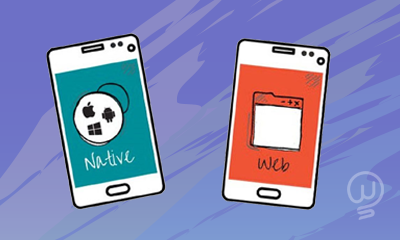
When there is no website to support an enterprise’s venturing into applications, the app loses its credibility. Also, there is no other way to market the product all across the web, if there is no dedicated destination of product offering.
Having a website, but not a web app over the internet will help you look more credible, get more user reviews, easily promote the app, and monetize the app quickly. Also, you can devise more optimized SEO strategies with a mobile app and gain better visibility.
-
What are the Advantages of Developing Native Mobile Apps?

If you consider web applications, hybrid applications, and native mobile apps, it is the native mobile apps that offer most of advantages. Some of which are listed below:
- You can use the two platforms, i.e., Google Play Store and Apple Store to charge for the apps from the users.
- Native apps work the best when it comes to performance, because they are well-integrated with elements of the operating system they are supposed to run upon.
- Since the app stores provide support and visibility to all apps from the inbuilt platform, the apps can get better access to target audience.
- Since the app is native to the platform, you can make it more interactive and intuitive, thus enabling it to run more smoothly on their dedicated platform.
- Each operating system comes with their own set of UI guidelines which are difficult to be completely achieved with web apps and hybrid apps. However, you can achieve them through native apps pretty easily.
- Plus, since it is approved by the operating system, there is little doubt over the authenticity of the app.
- The apps which qualify for a certain operating system are more or less device compatible than the rest.
Related Article – All mobile app development doubts answered
-
Which are the best Native App Development Platforms?
Native Applications are designed to work on a specific operating system or platform which can provide all the required support, in terms of functionality and visibility. The two native mobile application development platforms which are ruling the market are Apple’s iOS and Google’s Android.
The developers who create the native apps for iOS use different programming languages such as Objective-C and Swift to write code. However, Java is the programming language that can help them create the most engaging Android applications.
Since the very designing of the app is based on the guidelines of a specific platform, it tends to definitely run more smoothly on its native platform. However, since a native mobile app is platform specific, there isn’t much difficulty in platform compatibility and the developers will have to create separate versions of the app, if it is marketed for different devices.
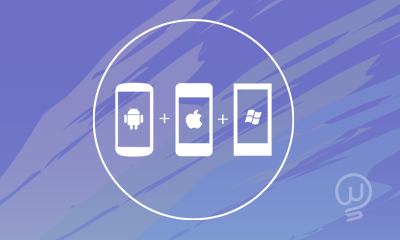
For example, the developers of Facebook used HTML5 for the development of the app which was supposed to work on all the platforms such as Android, iOS and Windows. However, the functioning of app wasn’t as impressive as it did on the iOS devices, forcing the creators to recreate the Facebook app with iOS-specific programming languages.
Some popular examples of native mobile apps that have been ruling so far the internet are the various social networking applications such as Twitter, Facebook, Snapchat, Instagram, and more that worked incredibly well for the platform they run upon. Also, they are able to access the added device services such as microphone, contacts, accelerometer, GPS/location services, or push notifications.
Apart from the social networking apps, various navigation apps, games, and browsers are created in order to cater to a specific platform, to enable better functioning and user experience.
One of the native applications that topped the charts when it comes to native functionality is PokemonGo, that exploited the navigation, mapping locations, camera augmented reality, and accelerometer for obtaining the best possible experience for the users. Also, the frequent push notifications that informed the users about the presence of a player also encouraged them to join the game again.
The storage used by the native mobile apps; although they are successfully installed in the device is mostly restricted to a remote, cloud-based storage.
Related Article – Top 5 Mobile App Development Platforms
-
Native Apps vs. Cross-platform Apps
It is a debate that has been running amongst the developers’ circling since ages and hasn’t yet still discovered who is winning, all thanks to the ongoing evolution in the two.
The basic difference between native applications and cross-platform applications is – while native mobile apps are designed for a specific platform, abiding by its norms, guidelines, and programming languages; cross-platform apps are designed in a manner to be comfortable with almost all of the platforms.
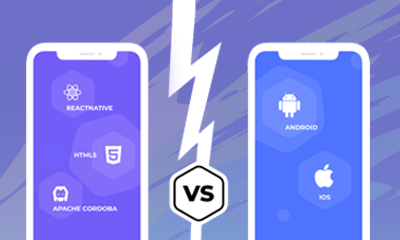
In native app development, developers use programming languages such as Objective-C and Swift for developing iOS based applications and Java for developing applications for Android devices. Now, the developers have little to worry about, because the innate features of the two platforms directly helps the applications to work smoothly on their respective devices. However, the applications designed for Android cannot work for iOS and vice-a-versa.
On the other hand, cross-platform applications are made compatible to work with multiple platforms with the help of HTML and CSS, since they are the two platform-independent web entities. Due to the market share owned by Android and iOS, most cross-platform apps are developed to meet the requirements of the two. A multitude of cross-platform development tools such as Zoho Creator, Iconic, etc. help developers extensively in creating cross-platform applications.
-
Leading Native Mobile Applications
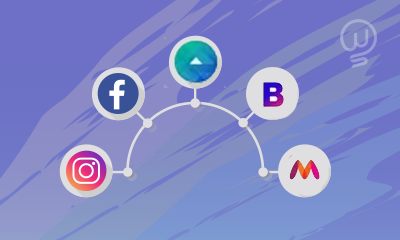
If you are skeptical about whether the native mobile application will prove lucrative for your business or not, here are the examples of native mobile apps that have owned the application landscape for a decade past until now.
Facebook has developed successful mobile applications for both Android and iOS platforms so that users can now stay connected with their friends, no matter the device they are using.
Now, the Facebook applications are twice as fast and provides a multitude of enhanced features as compared to the website.
- Walmart
Striving to become the world’s leading online retailer, Walmart has stuck to native app developments to meet the expectations of its flourishing customer base. By using lesser resources in a smaller time span, Walmart was able to grow a lot with the help of native mobile apps for Android and iOS.
- Bloomberg
For engaging its customers through a more interactive experience, Bloomberg adhered to the strategy of providing its consumers with more personalized contents. This was achieved with the help of native applications. Even though it is a cross-platform initiative, it managed to gain enough visibility on both the leading platforms.
Another social networking platform which manages to make it big with the help of native mobile app development is Instagram. Today, it enjoys an enormous customer base who loves to use the application time and again, both on Android and iOS, to view their favorite accounts with most engaging content.
-
What is React Native App Development?
When the developers use one code base to develop Native Applications which work specifically on Android and also with iOS platforms, it is known as React native Development. The above-mentioned apps are a result of React Native Development. The code used are identical for both the platforms- JavaScript and React.
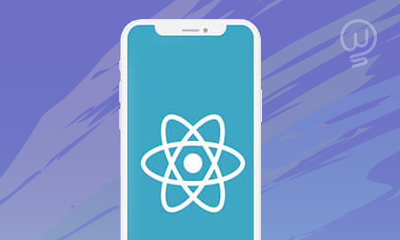
Apart from React Native, another programming concept that will allow you to design applications to work across Android, iOS, and Windows is Xamarin. It will allow you to use C# for developing the applications.
React Native and Xamarin are complex concepts and need a lot of in-depth research to understand. However, one thing we can surely say is that both of them help in creating the apps which are cross compatible between native and hybrid.
-
The Best Way Launching a Native Mobile App In the Market
Most of the times, start-ups are confused about the fact that whether they should use EVP, Exceptional, Virtual Product or MVP, Minimal, Viable Product for their app launch. Well, while it all entirely depends upon the scale of investments they have received; it is also the wit of the app creators that requires being on point.
MVP is the smallest possible version of the product that is at a workable stage. Once this version hits the market, it is the customer feedbacks and iterations it relies upon completely. Further improvements keep on taking place until the app reaches its EVP stage.

However, if the enterprise has enough investments to launch the finest version of the app in the beginning stages, then nothing can beat that. And that finest version is EVP. The developers consider a myriad of customer feedbacks here to perform iterations and come up with an exceptional app.
Remember, the idea of launching EVP is only considered prudent when there are similar applications available in the market, that have been successful. If not, no matter the amount of investment the app should be launched at an MVP stage, to regulate it according to market reactions first.
-
How to go about the compliances required by the Apple App Store and Google Play Store?
The leading app stores owned by Apple and Google are overflowing with guidelines that needs to be followed for staying in the market for long. Although they are many, it is not the most onerous task to comply with all of them.
However, sending the apps in for approval and receiving them back because they missed out on one of the points, can be time-consuming. Therefore, it is advised to let go off the compliance responsibilities to some of the leading mobile app development companies which have a track record of creating successful projects in the past.
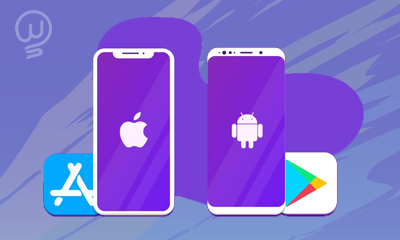
Now that you have saved time in the compliance process, you can use it to perform rigorous testing, analyzing the market, and at last using the app yourself to decipher scope for improvement, building the marketing strategies for the mobile app, and further focus on how you can engage the users in using your app.
Technical Aspects of Native Mobile App Development
Apart from focusing on the strategic aspects of Native Mobile App Developments, you should also focus on the technical aspects of developments.
-
Web App, Hybrid App, or Native App?
A web app is a condensed form of an enterprise’s website, which can be viewed on browsers like Chrome, Safari, and Firefox. Neither you are required to download the app, nor do they take up any space in your device whatsoever. It is simple mobile-friendly content that can reach its users in a cost-effective manner.
A hybrid app, on the other hand, is the combination of a native and web app. You can use it across multiple platforms and still make it work like a website that can be installed on the mobile device for all-time access. However, they are more feature-rich as compared to web apps.
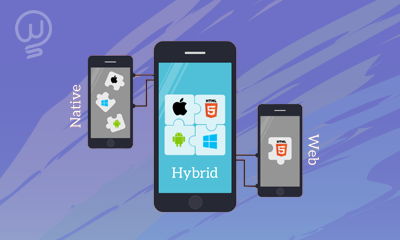
As discussed earlier, native apps are specific to the platforms they are developed upon, and the users have to download and install them into their devices accordingly to use them.
The choice of an enterprise between the three depends upon factors such as:
- Time to market
- The desired level of UX
- Feature Complexity
While there is no definite answer that we can give you, the answer really lies within your requirements. It is the app developers and marketers who can advise you about the selection of app platforms, which will help you march towards stability, constant development, and responsive mobile apps. They will use various approaches and strategies into the selection process of mobile app development, taking into account of the changing preferences of the users. They will design the apps in terms of user experience, reliability, and fast response.
-
Prototyping or Agile

You should use all the capacity there is to your business to strive in the dynamic business environment and constantly steer the product nearest to success. For this, the better you manage, the better results will come your way at ease in the development phase. You can create a prototype first and, later, you can keep on creating upgraded versions of the same prototype and adding newer functionalities to each one of them. Ultimately, you will have a finished product that the users will love.
-
Containerized or conventional deployment?

Containerized development clouds allow the app to function uniformly on all platforms without any inconsistency in performance. Therefore, such deployment clouds are more scalable and easy to operate. It will help you cut down on app management costs, enabling you to formulate more efficient strategies, and then use Kubernetes. Here, you can also use the capabilities of automation to the fullest.
-
In-house security measures or Third-party protection?

Instead of sticking to the one, you should opt for the most effective combination of the two. For this, you can include high-quality, third-party encryption resources and in-house development of encryption modules. Make sure that it is based on single horizontal and protocols of networking. Because the users are taking data security quite seriously nowadays, and neither can your app afford instances like trouser attack on CamScanner for Android.
-
Manual or Automated Testing?

Again, the best answer to this would be a combination of the handpicked automated testing suite and rigorous testing method done by a hard-working tester. Your in-house team of testers should be qualified and capable enough to cut costs and further allow you to carry out immaculate mobile app testing plans, without delays. So, employ user-based, manual, and automated testing in a combination for obtaining best results.
Branding, ASO, and App Marketing
Now that we are through, with the strategic and technical aspects of native app development, it is crucial to market the app in order to hit the right market and generate the desired response.
-
Is App Store Optimization (ASO) a thing?
If you have not been living under a rock, you must be aware of how optimization is ruling the web today. It is not only prevalent in search engines but has also taken over the app stores. The higher the app ranks on the search, the better are its features and acceptance amongst the users of that platform.

Your application should include an appealing meta-description, development details, and developer information’s to be more visible to the users. It also helps in keeping the users engaged by receiving plenty of organic reviews, which, in turn, increase the number of downloads.
However, commercial success is not something which is guaranteed with ASO, and it is essentially a way to bring in more targeted traffic, and then expect for successful conversions.
-
Is it possible to cut costs around mobile app analytics?
Mobile app analytics is the one way in which you can understand your users and increase user engagement. So, there is no reason why you should consider cutting back on costs here.

Furthermore, with mobile app analytics, you can create more engaging content, persistent notifications, introduce interest-based sections, and bring about the much awaited upgrades that your users actually want.
All your marketing strategies can go down the dump, if you have not created a loyal customer base through them. Remember, it is only the user-engagement that will take your mobile app a long way ahead.
-
Can the native mobile app not do without efforts in engagement when the app idea/concept is up-to-the-mark?
Ideally, a majority of the mobile app users, today, are millennials. And it is not that easy to satisfy them with just a great concept. They are always looking for more in terms of user experience. Now, since the users are taking the lucrative propositions of the app seriously, the competitions multiply, making it essential for you to introduce as many engagement programs as possible, to keep their interest intact.
An average idea with strategic engagement is more likely to succeed, as compared to a brilliant idea with little thoughts put into grabbing customers’ attention.

Mobile app analytics is just one of the means of targeting the desired users. In fact, there are companies which tie-up with famous partners and promote their partnerships to get more downloads. This off-line marketing and collective efforts put into engagement, normally through social media marketing and Search Engine Optimization, also result in the app’s success in the digital space.
In the end, Native Mobile App Development is made easier with the presence of already well-established platforms. Even though the upfront costs thus involved in native app development appear higher, they will benefit you better in the longer run.
